As we have seen, the ability to store water is the main characteristic of succulent plants. The most important aspect of the stored water, is how much of it can be withdrawn from the storage tissue and become available to the rest of the plant. This fraction is called the utilizable water and is very different from one succulent to the other.
We usually talk about leaf, stem or root succulents, depending on where most of the water is stored. But because many plants have succulent tissues in more than one type of organ, the distinctions are not always clear.
In many stem succulents, ribs and tubercles help the stems expand and contract as their water content changes. They also assist in directing water from the stems to the roots and in shading different parts of the stem whenever the sun is shining.
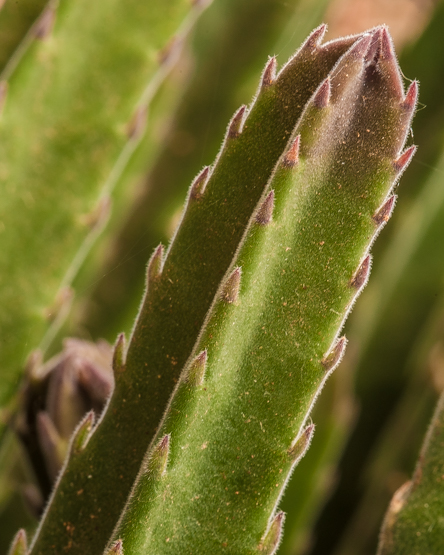
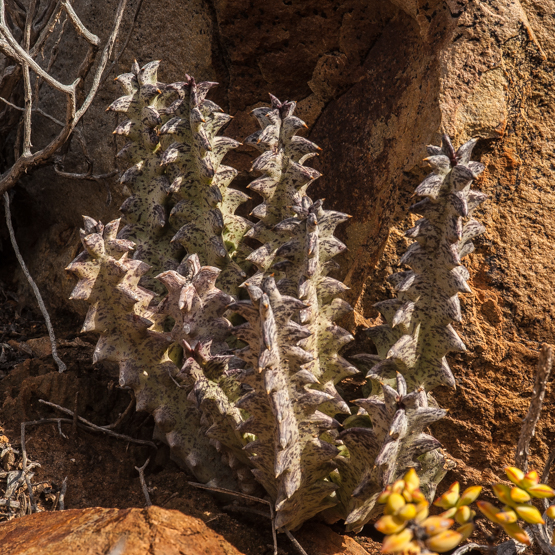
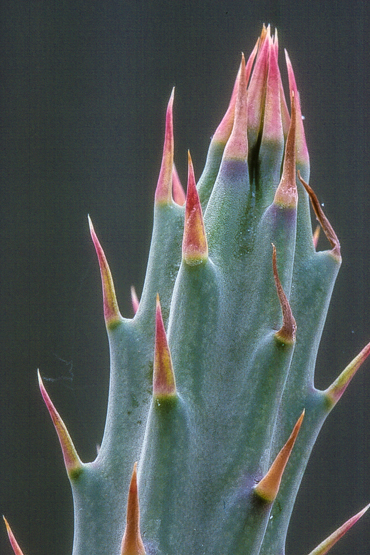
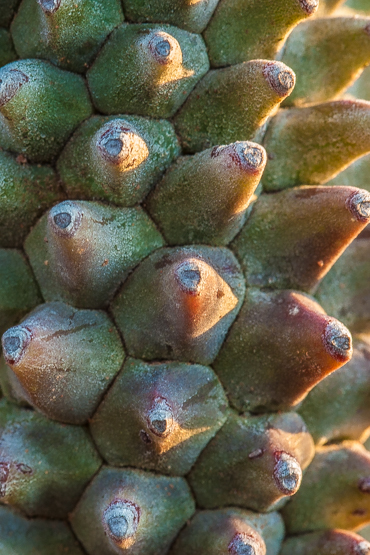
In leaf succulents we sometimes see similar anatomic features, which make changes in volume possible in the storage tissues and thus in the leaves. As the water volume of these leaves decreases, this will lead to folds in them at fixed places, so that they become shorter and flatter.
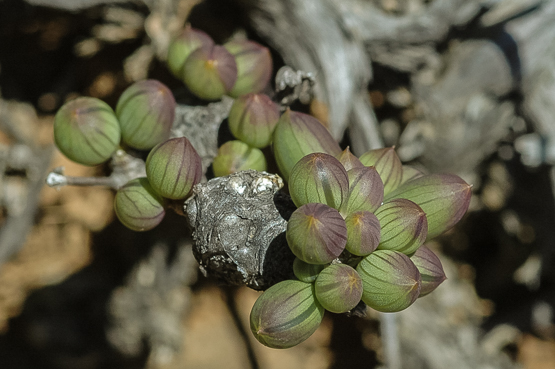
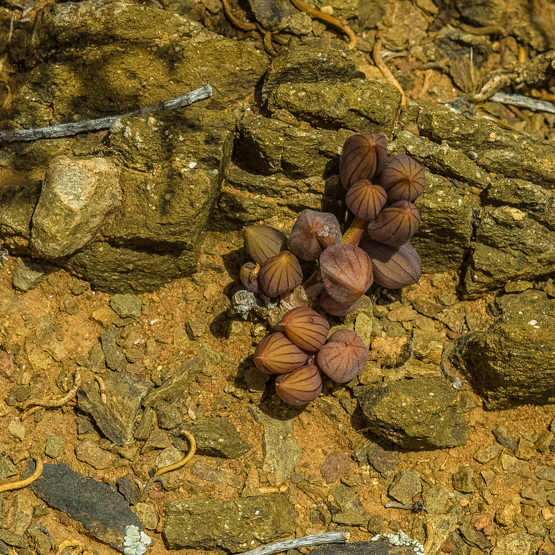
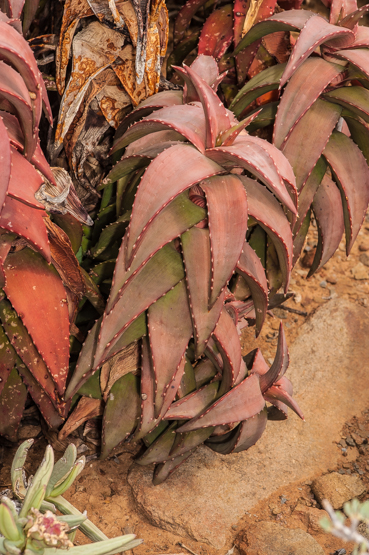
The globular shape we see in many succulents is optimal for water storage, because it combines maximal volume with minimal surface area.
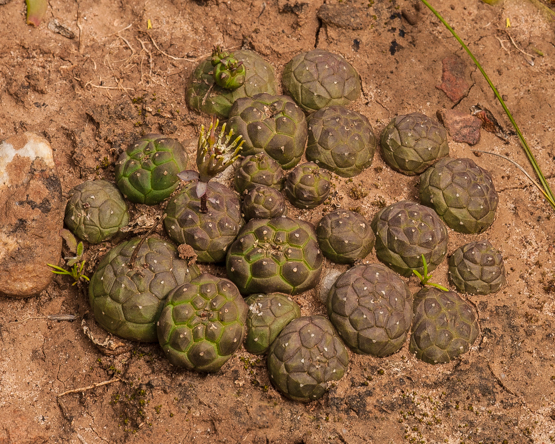
Euph. globosa
Some plants have an epidermis with so-called idioblasts (extremely enlarged and swollen bladder cells). These may supply up to over half of the total water storing capacity of the leaf.
When the plants start suffering from drought stress, the cells collapse. This obstructs the passage of air to and from the stomata, so that water loss is reduced.
This external storage is most common in the Aizoaceae.
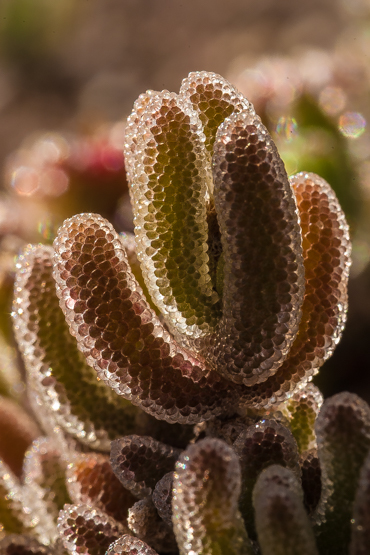
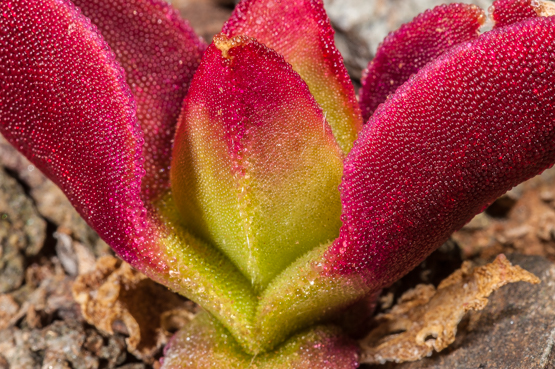
For other posts in this series click here.